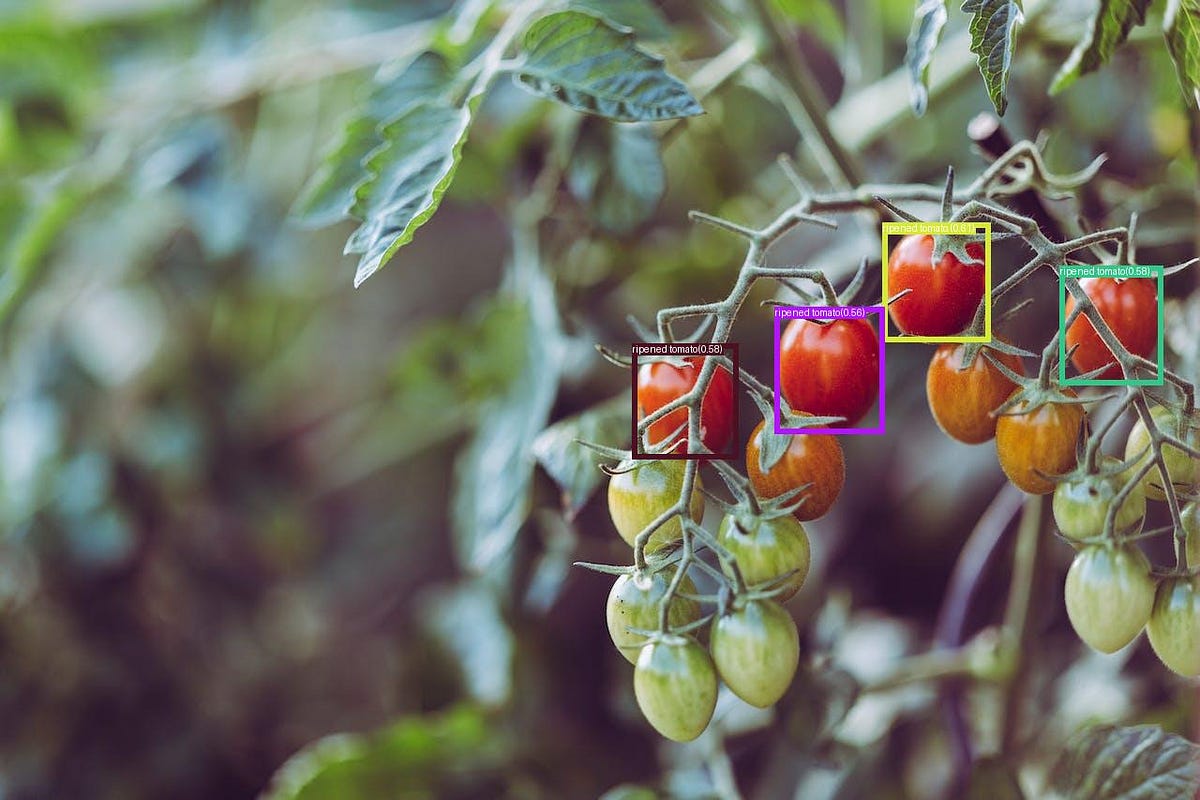[ad_1]
Immediate Engineering
The GroundingDino mannequin encodes textual content prompts right into a discovered latent house. Altering the prompts can result in completely different textual content options, which might have an effect on the efficiency of the detector. To reinforce prediction efficiency, it’s advisable to experiment with a number of prompts, selecting the one which delivers the very best outcomes. It’s necessary to notice that whereas writing this text I needed to attempt a number of prompts earlier than discovering the perfect one, generally encountering surprising outcomes.
Getting Began
To start, we’ll clone the GroundingDino repository from GitHub, arrange the surroundings by putting in the required dependencies, and obtain the pre-trained mannequin weights.
# Clone:
!git clone https://github.com/IDEA-Analysis/GroundingDINO.git# Set up
%cd GroundingDINO/
!pip set up -r necessities.txt
!pip set up -q -e .
# Get weights
!wget -q https://github.com/IDEA-Analysis/GroundingDINO/releases/obtain/v0.1.0-alpha/groundingdino_swint_ogc.pth
Inference on a picture
We’ll begin our exploration of the article detection algorithm by making use of it to a single picture of tomatoes. Our preliminary aim is to detect all of the tomatoes within the picture, so we’ll use the textual content immediate tomato. If you wish to use completely different class names, you possibly can separate them with a dot .. Word that the colours of the bounding packing containers are random and haven’t any explicit that means.
python3 demo/inference_on_a_image.py
--config_file 'groundingdino/config/GroundingDINO_SwinT_OGC.py'
--checkpoint_path 'groundingdino_swint_ogc.pth'
--image_path 'tomatoes_dataset/tomatoes1.jpg'
--text_prompt 'tomato'
--box_threshold 0.35
--text_threshold 0.01
--output_dir 'outputs'
GroundingDino not solely detects objects as classes, resembling tomato, but additionally comprehends the enter textual content, a activity referred to as Referring Expression Comprehension (REC). Let’s change the textual content immediate from tomato to ripened tomato, and acquire the result:
python3 demo/inference_on_a_image.py
--config_file 'groundingdino/config/GroundingDINO_SwinT_OGC.py'
--checkpoint_path 'groundingdino_swint_ogc.pth'
--image_path 'tomatoes_dataset/tomatoes1.jpg'
--text_prompt 'ripened tomato'
--box_threshold 0.35
--text_threshold 0.01
--output_dir 'outputs'
Remarkably, the mannequin can ‘perceive’ the textual content and differentiate between a ‘tomato’ and a ‘ripened tomato’. It even tags partially ripened tomatoes that aren’t absolutely pink. If our activity requires tagging solely absolutely ripened pink tomatoes, we are able to modify the box_threshold from the default 0.35 to 0.5.
python3 demo/inference_on_a_image.py
--config_file 'groundingdino/config/GroundingDINO_SwinT_OGC.py'
--checkpoint_path 'groundingdino_swint_ogc.pth'
--image_path 'tomatoes_dataset/tomatoes1.jpg'
--text_prompt 'ripened tomato'
--box_threshold 0.5
--text_threshold 0.01
--output_dir 'outputs'
box_threshold = 0.5. Picture by Markus Spiske.Technology of tagged dataset
Although GroundingDino has exceptional capabilities, it’s a big and sluggish mannequin. If real-time object detection is required, think about using a sooner mannequin like YOLO. Coaching YOLO and comparable fashions require loads of tagged information, which will be costly and time-consuming to provide. Nevertheless, in case your information isn’t distinctive, you should utilize GroundingDino to tag it. To study extra about environment friendly YOLO coaching, confer with my earlier article [4].
The GroundingDino repository features a script to annotate picture datasets within the COCO format, which is appropriate for YOLOx, as an illustration.
from demo.create_coco_dataset import foremostforemost(image_directory= 'tomatoes_dataset',
text_prompt= 'tomato',
box_threshold= 0.35,
text_threshold = 0.01,
export_dataset = True,
view_dataset = False,
export_annotated_images = True,
weights_path = 'groundingdino_swint_ogc.pth',
config_path = 'groundingdino/config/GroundingDINO_SwinT_OGC.py',
subsample = None
)
- export_dataset — If set to True, the COCO format annotations might be saved in a listing named ‘coco_dataset’.
- view_dataset — If set to True, the annotated dataset might be displayed for visualization within the FiftyOne app.
- export_annotated_images — If set to True, the annotated pictures might be saved in a listing named ‘images_with_bounding_boxes’.
- subsample (int) — If specified, solely this variety of pictures from the dataset might be annotated.
Completely different YOLO algorithms require completely different annotation codecs. If you happen to’re planning to coach YOLOv5 or YOLOv8, you’ll have to export your dataset within the YOLOv5 format. Though the export kind is hard-coded in the principle script, you possibly can simply change it by adjusting the dataset_type argument in create_coco_dataset.foremost, from fo.sorts.COCODetectionDataset to fo.sorts.YOLOv5Dataset(line 72). To maintain issues organized, we’ll additionally change the output listing identify from ‘coco_dataset’ to ‘yolov5_dataset’. After altering the script, run create_coco_dataset.foremost once more.
if export_dataset:
dataset.export(
'yolov5_dataset',
dataset_type=fo.sorts.YOLOv5Dataset
)
GroundingDino affords a major leap in object detection annotations through the use of textual content prompts. On this tutorial, we have now explored easy methods to use the mannequin for automated labeling of a picture or an entire dataset. It’s essential, nonetheless, to manually evaluate and confirm these annotations earlier than they’re utilized in coaching subsequent fashions.
_________________________________________________________________
A user-friendly Jupyter pocket book containing the entire code is included to your comfort:
Wish to study extra?
[1] Grounding DINO: Marrying DINO with Grounded Pre-Coaching for Open-Set Object Detection, 2023.
[2] Dino: Detr with improved denoising anchor packing containers for end-to-end object detection, 2022.
[3] An Open and Complete Pipeline for Unified Object Grounding and Detection, 2023.
[4] The sensible information for Object Detection with YOLOv5 algorithm, by Dr. Lihi Gur Arie.
[ad_2]


